Advertisement
AI is in your phone, your Zoom calls (hello, background blur), your email drafts, and basically… everywhere else. But here’s the thing: every time AI gets better, someone behind the scenes is working really hard to power all that. And when it comes to that “someone,” Nvidia's name keeps popping up—a lot.
So if you've ever wondered how tools like ChatGPT, image generators, or even those smart autocorrect systems run so smoothly—yeah, it's not just software. It’s hardware. Powerful, cloud-based GPU hardware. And now, Nvidia is taking it to another level with their newest AI platform (no fluff, no drama—just actual, useful upgrades).
Let’s unpack what this means, especially for cloud GPU providers and the future of AI as we know it.
At its core, Nvidia’s latest AI platform isn’t just about making “cooler chips.” It’s a full-stack, end-to-end setup made specifically for training and deploying AI models (think: language models, image generators, deep learning systems—you name it). But here’s the kicker: this platform is also meant to make things easier and faster for cloud GPU providers to offer their services to everyone else.
In other words, it’s not just one piece of the puzzle... it’s practically the whole table.
Yes, Nvidia works with some major players. Think Amazon Web Services (AWS), Microsoft Azure, Google Cloud. But this isn’t just a “corporate club” situation. The platform has been designed to scale. That means smaller cloud GPU providers (and even startups) can now offer next-gen AI processing power without needing to build a supercomputer in their garage.
If you’re a provider? You don’t have to play catch-up anymore. You can plug into what Nvidia’s offering and deliver serious results right out the gate.
This platform is powered by Nvidia’s latest GPUs—yep, the H200s and the next-gen Grace Hopper chips. (If you’re wondering, those are basically like the “engine” behind AI acceleration.)
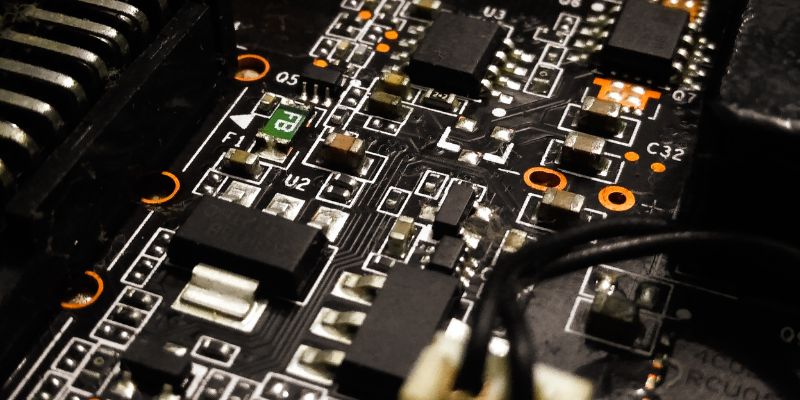
But it’s not just about hardware. Nvidia is bundling it with AI frameworks, software stacks (like CUDA and TensorRT), and orchestration tools that help manage large-scale AI workloads. Meaning? You get the speed and the tools to build, deploy, and scale AI models in the cloud—without having to be some kind of wizard.
Short answer? It’s a game-changer.
Long answer? With the new Nvidia platform, providers don’t have to spend months customizing hardware and software. It’s more plug-and-play (or at least, as close as it’s ever been). This means lower deployment time, reduced setup costs, and smoother performance for customers using AI services.
So whether you're renting out GPU power for AI researchers or supporting enterprise apps that rely on machine learning, this platform helps you do it faster, cheaper, and with less hassle.
No one likes waiting. Especially when it comes to training AI models (which used to take days... sometimes weeks). Nvidia’s platform is all about optimization—shorter training times, faster inference (that’s the “thinking” part after the AI is trained), and better throughput overall.

To give you a ballpark: we’re talking speeds that could reduce training time for large language models by up to 50%. That’s not a small deal. Especially if you’re in a business where every millisecond counts.
One of the things that makes this platform super attractive? How easily it integrates with existing cloud systems.
So, if you’re already using Kubernetes, VMware, or other container-based infrastructure, Nvidia’s stack can slot right in without forcing you to rebuild everything from scratch. (No need to call your entire IT team in a panic... unless you want to.)
It’s built to play nice with others, and that’s exactly what providers need to stay flexible in a fast-moving space.
This is where things get real interesting. Nvidia isn’t just shipping hardware and saying, “Good luck.” They're including optimized SDKs (like Nvidia Triton for inference and NeMo for LLMs) plus prebuilt APIs for voice, vision, and language capabilities. That means cloud providers can offer ready-to-use AI tools to their customers out of the box.
So if someone wants to build their own ChatGPT-style bot, an image-to-text converter, or even a customer support system powered by AI? They don’t need to reinvent the wheel. It’s already there.
One of the biggest pain points in AI deployment? Real-time responsiveness. Most older setups worked in “batches.” Meaning data was processed in chunks, and you’d wait a while for results.
This new Nvidia platform flips that model. It’s designed for real-time inferencing, which means things like fraud detection, predictive typing, video analysis, etc., can happen instantly (or close to it). For providers, that opens up a ton of new use-cases, especially in fintech, e-commerce, and live-streaming services.
Power consumption is a big deal (ask anyone who’s ever run a data center... or even a gaming rig for too long). Nvidia’s platform focuses not just on raw power, but power efficiency.
This is especially important for providers trying to keep electricity bills under control while scaling up. The platform uses less energy per operation compared to previous-gen setups, which isn’t just good for your bottom line; it’s good for the planet too (and that’s a win-win, right?).
Tech moves fast. Like, really fast. So building infrastructure today that won’t be obsolete next year? That’s hard.
But Nvidia’s trying to solve that by designing this platform with modularity in mind. Basically, you can swap parts in and out, upgrade individual components, and keep things moving without a full rebuild every time there’s a new chip or framework release.
For cloud GPU providers, that’s a big deal. It means you stay competitive and compatible with whatever’s coming next.
Let’s zoom out for a second. Nvidia’s new AI platform isn’t just another launch. It’s a signal. A signal that the AI arms race is far from over, and the infrastructure behind it is just as important as the models themselves.
For cloud GPU providers, this is more than just a performance boost. It’s a toolbox, a shortcut, and a long-term strategy rolled into one.
AI’s not slowing down. And if you want to stay in the game—or better yet, lead it… you’re gonna need all the help you can get. And Nvidia? They’re making sure you’ve got it.
Advertisement

The future of robots and robotics is transforming daily life through smarter machines that think, learn, and assist. From healthcare to space exploration, robotics technology is reshaping how humans work, connect, and solve real-world challenges
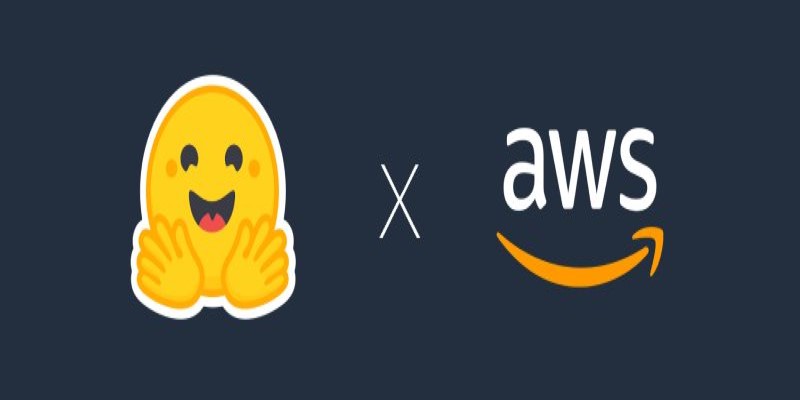
What happens when ML teams stop juggling tools? Fetch moved to Hugging Face on AWS and cut development time by 30%, boosting consistency and collaboration across projects
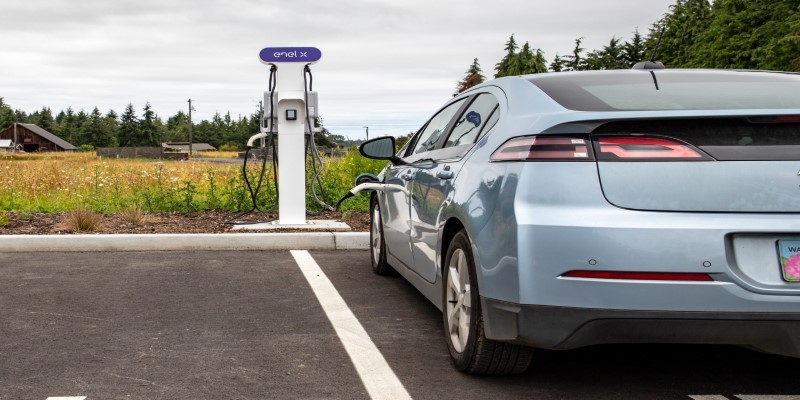
Learn how ZenML helps streamline EV efficiency prediction—from raw sensor data to production-ready models. Build clean, scalable pipelines that adapt to real-world driving conditions

Learn how to use ChatGPT for customer service to improve efficiency, handle FAQs, and deliver 24/7 support at scale
Advertisement
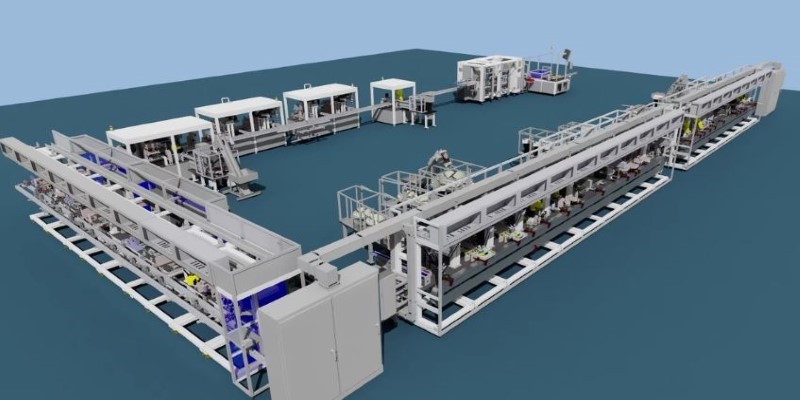
Rockwell Automation introduced its AI-powered digital twins at Hannover Messe 2025, offering real-time, adaptive virtual models to improve manufacturing efficiency and reliability across industries

EY introduced its Nvidia AI-powered contract analysis at Mobile World Congress, showcasing how advanced AI and GPU technology transform contract review with speed, accuracy, and insight

How the Philadelphia Eagles Super Bowl win was accurately predicted by AI, showcasing the growing role of data-driven analysis in sports outcomes
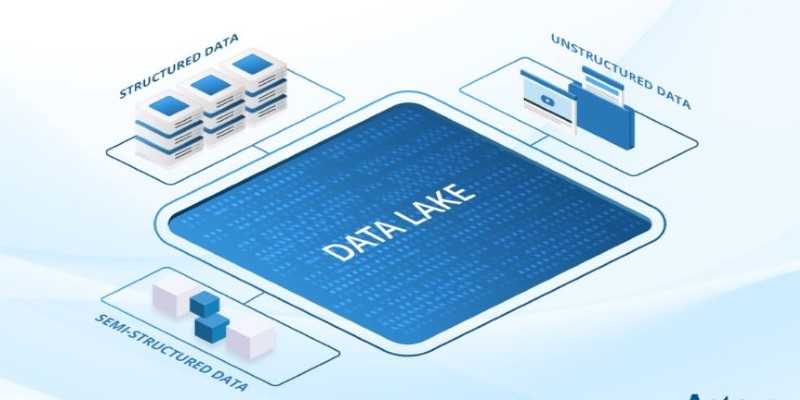
What data lakes are and how they work with this step-by-step guide. Understand why data lakes are used for centralized data storage, analytics, and machine learning
Advertisement
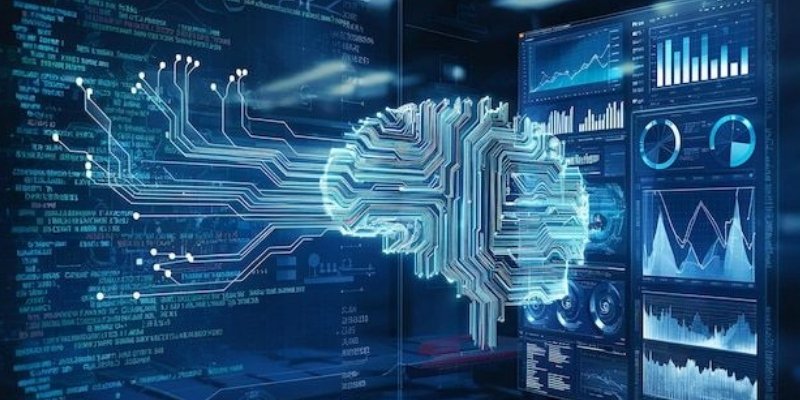
DataRobot acquires AI startup Agnostiq to boost open-source and quantum computing capabilities.
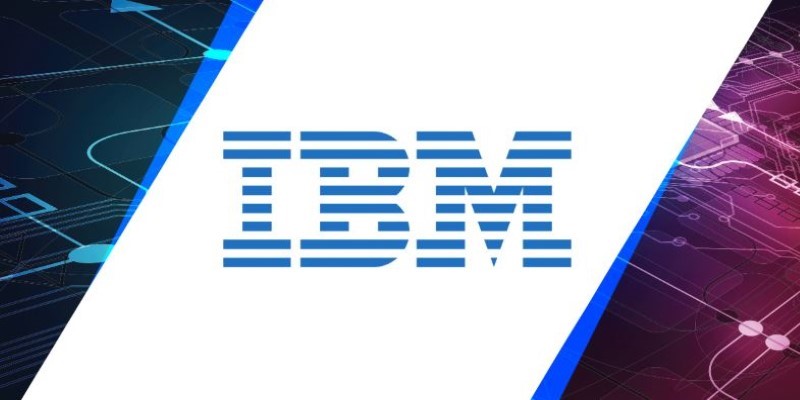
IBM Plans $150B Technology Investment in US, focusing on semiconductors, AI, quantum computing, and workforce development to strengthen innovation and create jobs nationwide
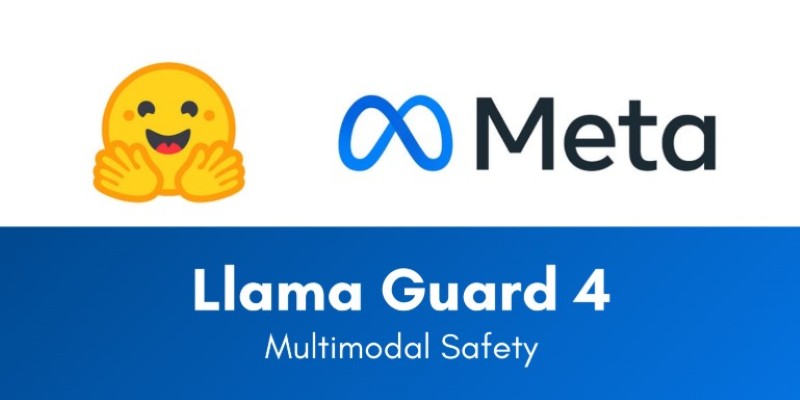
How Llama Guard 4 on Hugging Face Hub is reshaping AI moderation by offering a structured, transparent, and developer-friendly model for screening prompts and outputs
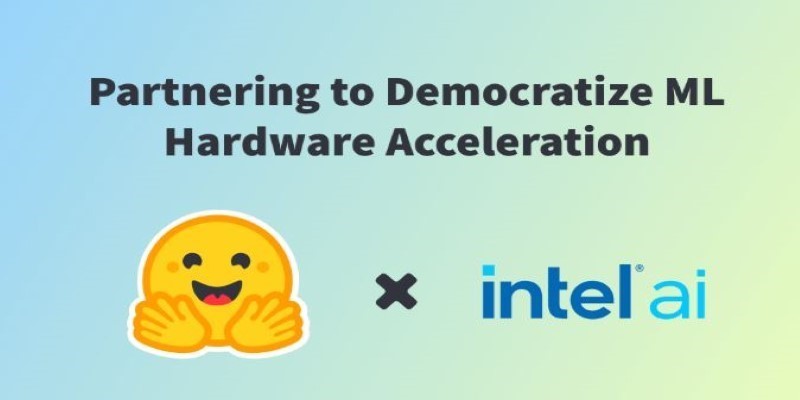
Intel and Hugging Face are teaming up to make machine learning hardware acceleration more accessible. Their partnership brings performance, flexibility, and ease of use to developers at every level